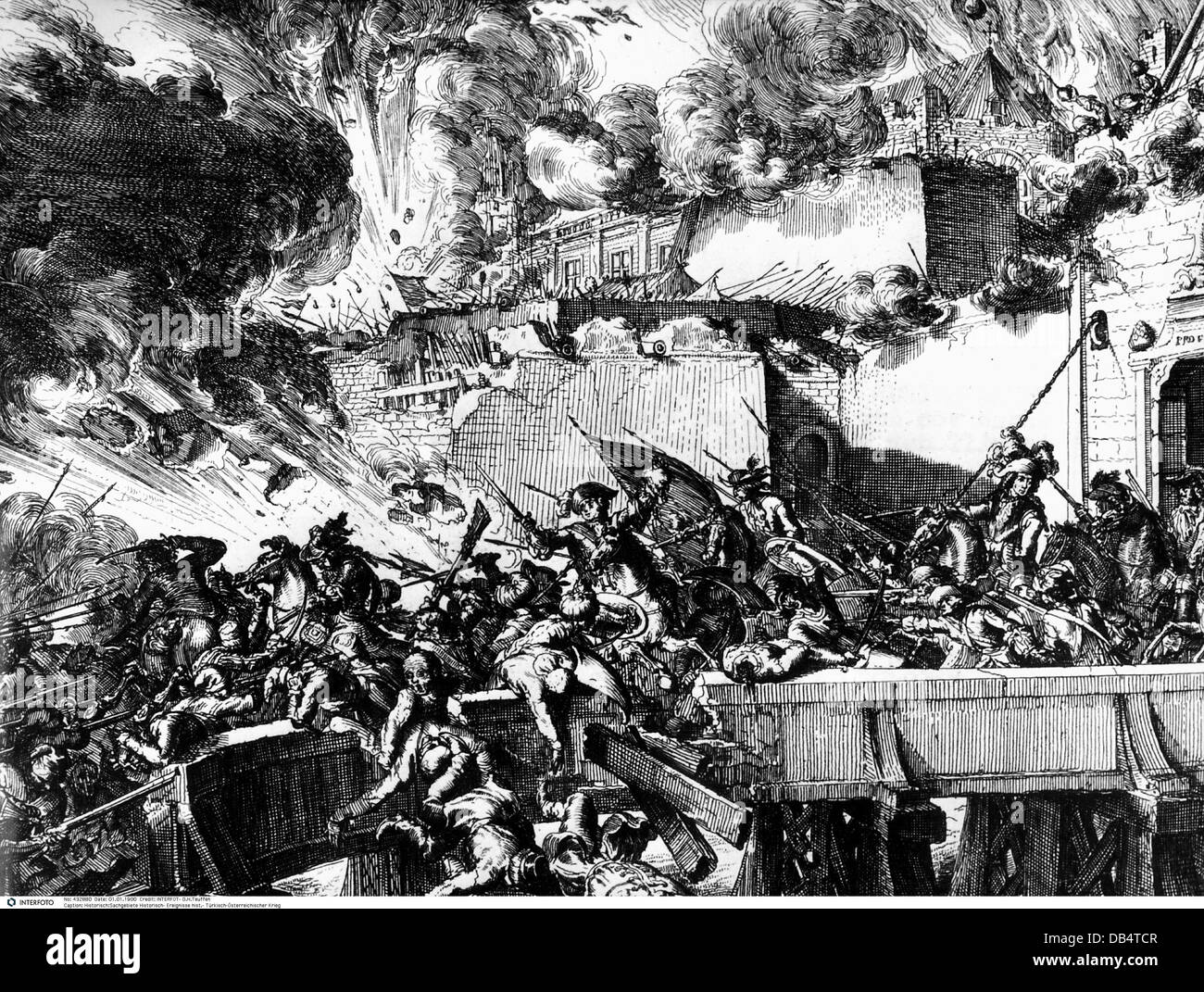

After making no real progress, the soldiers lost their motivation when the weather took a turn for the worse shortly into the siege.

When they launched the siege, the Ottoman forces lacked conviction, making it easy to fight back during the initial attacks. The population of Vienna had seen the enemy coming, giving them plenty of time to reinforce, strengthen, and prepare. By the time they arrived around Vienna in late September, the Ottoman forces were heavily depleted, and many siege armaments had been left behind when stuck in the mud. The camels brought from Anatolia proved too sensitive for the cold, constant rain and died in large numbers, and many of the soldiers shared the same fate. The summer rains had already begun when he set out for Vienna, making most of the roads inaccessible both for cavalry and moving the heavy pieces of artillery needed for a successful siege. Had he intended to conquer the whole of the Holy Roman Empire? Had he intended to strengthen his borders? Had he acted in accordance with King Francis I's needs in the West? No matter the reason, Suleiman did not halt in his advances, despite the fact circumstances were not favorable for the Ottomans. There is a plethora of opinions as to his motives for attempting the takeover of Vienna, a well-guarded city far away from his empire's center. At the time, the Ottomans were led by one of their most famous sultans, Suleiman the Magnificent, and different chroniclers have analyzed Suleiman's behavior in different ways. It would take repeated efforts by various European coalitions to prevent a complete Ottoman takeover of the continent, and one of the most important battles among those efforts took place at Vienna in 1529. In the wake of taking Constantinople, the Ottoman Empire would spend the next few centuries expanding its size, power, and influence, bumping up against Eastern Europe and becoming one of the world's most important geopolitical players.

Naturally, the Ottoman Empire would also use Constantinople as the capital of its empire after their conquest effectively ended the Byzantine Empire, and thanks to its strategic location, it has been a trading center for years and remains one today under the Turkish name of Istanbul. Constantinople would continue to serve as the capital of the Byzantine Empire even after the Western half of the Roman Empire collapsed in the late 5th century. The city had been an imperial capital as far back as the 4th century, when Constantine the Great shifted the power center of the Roman Empire there, effectively establishing two almost equally powerful halves of antiquity's greatest empire. *Includes pictures *Includes a bibliography for further reading In terms of geopolitics, perhaps the most seminal event of the Middle Ages was the successful Ottoman siege of Constantinople in 1453.
#Siege of vienna plus#
Pour en savoir plus sur comment et à quelles fins Amazon utilise les informations personnelles (tel que l'historique des commandes de la boutique Amazon), consultez notre Politique de confidentialité. Vous pouvez modifier vos choix à tout moment en accédant aux Préférences pour les publicités sur Amazon, comme décrit dans l'Avis sur les cookies. Cliquez sur «Personnaliser les cookies» pour refuser ces cookies, faire des choix plus détaillés ou en savoir plus. Les tiers utilisent des cookies dans le but d'afficher et de mesurer des publicités personnalisées, générer des informations sur l'audience, et développer et améliorer des produits. Cela inclut l'utilisation de cookies internes et tiers qui stockent ou accèdent aux informations standard de l'appareil tel qu'un identifiant unique. Si vous acceptez, nous utiliserons également des cookies complémentaires à votre expérience d'achat dans les boutiques Amazon, comme décrit dans notre Avis sur les cookies. Nous utilisons également ces cookies pour comprendre comment les clients utilisent nos services (par exemple, en mesurant les visites sur le site) afin que nous puissions apporter des améliorations. Nous utilisons des cookies et des outils similaires qui sont nécessaires pour vous permettre d'effectuer des achats, pour améliorer vos expériences d'achat et fournir nos services, comme détaillé dans notre Avis sur les cookies. Choisir vos préférences en matière de cookies


 0 kommentar(er)
0 kommentar(er)
